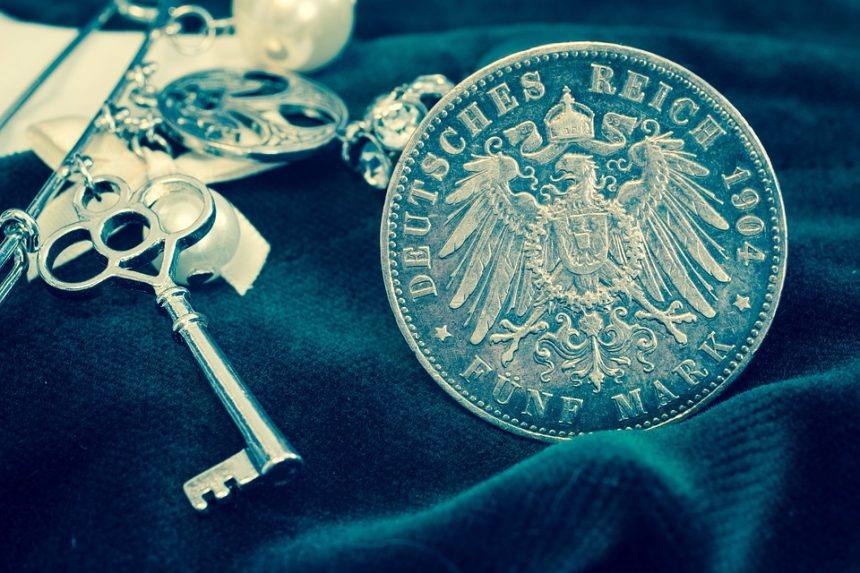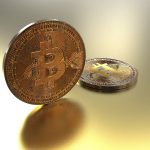In a rapidly evolving digital landscape, the concept of tokenization is gaining prominence, fundamentally altering our understanding of ownership and value. Among the leading innovations in this space, non-fungible tokens (NFTs) have emerged as a groundbreaking force within the decentralized finance (DeFi) ecosystem. By bridging the gap between unique digital assets and financial applications, NFTs are redefining the nature of wealth, investment, and community participation.
Understanding NFTs and DeFi
What are NFTs?
Non-fungible tokens (NFTs) are unique digital assets that represent ownership or proof of authenticity of a specific item or piece of content on a blockchain. Unlike cryptocurrencies such as Bitcoin or Ethereum, which are fungible—meaning each unit is interchangeable—NFTs are one-of-a-kind. They can represent a wide array of assets, including digital art, music, collectibles, virtual real estate, and even ownership of intellectual property. This uniqueness imbues NFTs with intrinsic value and opens a market for creators to monetize their work in innovative ways.
What is DeFi?
Decentralized finance (DeFi) refers to a system of financial applications built on blockchain technology that seeks to democratize access to financial services. It allows users to engage in activities such as lending, borrowing, trading, and earning interest on their assets without relying on traditional financial institutions. DeFi leverages smart contracts to automate processes, enhance transparency, and reduce intermediary costs, providing individuals with more ownership and control over their financial transactions.
The Convergence of NFTs and DeFi
1. Asset Collateralization
One of the most transformative roles of NFTs in the DeFi space is their potential for collateralized lending. Users can leverage their NFTs as collateral to borrow cryptocurrencies or other assets, allowing them to unlock liquidity without selling their prized digital possessions. Platforms like NFTfi and Arcade have emerged, enabling users to pledge their NFT assets to secure loans. This creates a new avenue for liquidity in the digital creative economy, affording artists and collectors the ability to monetize their collections without relinquishing ownership.
2. Fractional Ownership
NFTs can be fractionalized, allowing multiple investors to co-own a single NFT. This concept integrates seamlessly into DeFi, where fractional ownership provides greater access to high-value assets. Platforms like Niftex and Unic.ly facilitate the split of NFTs into fungible tokens, enabling a broader audience to invest in coveted works of digital art or rare collectibles. This democratization of ownership fosters community engagement and lowers the barrier to entry for aspiring collectors and investors.
3. Liquidity Pools and NFT Marketplaces
DeFi has given rise to numerous decentralized marketplaces for buying, selling, and trading NFTs. These platforms not only enhance the discoverability of NFTs but also create liquidity pools that enable users to trade their assets with reduced friction. Automated market makers (AMMs) allow for peer-to-peer transactions without the need for a centralized exchange, thus revolutionizing how NFT transactions are conducted. Additionally, DeFi protocols are beginning to incorporate NFT integrations, allowing users to yield farm or stake NFT assets, further amplifying earning potential.
4. Governance and Community Engagement
NFTs hold the potential to revolutionize governance mechanisms within the DeFi space. By holding specific NFTs, individuals can gain voting rights or influence over a protocol’s direction, fostering a more engaged and invested community. Projects like Rumble Kong League and CurioInvest have pioneered this approach, enabling NFT holders to participate in decision-making processes. This creates an ecosystem where contributors are rewarded for their involvement, encouraging long-term investment in the ongoing success of projects.
5. Play-to-Earn and Gaming
The intersection of gaming, NFTs, and DeFi has given rise to the play-to-earn model, where players can earn real value through participation in virtual worlds. Games like Axie Infinity and Decentraland allow players to earn tokens by engaging with the game, while also possessing NFTs that represent in-game assets, characters, or virtual land. These NFTs can be traded within DeFi frameworks, generating new opportunities for income and investment while creating rich, immersive economies.
Challenges and Considerations
Despite the potential benefits of integrating NFTs into DeFi, challenges remain. Concerns regarding security, market volatility, and regulatory frameworks pose potential risks to participants. NFTs can be subject to speculative bubbles, and users must exercise caution when assessing the value and liquidity of assets. Additionally, the environmental impact of blockchain technology and the energy consumption of certain platforms require ongoing dialogue and innovation.
Conclusion
The marriage of NFTs and DeFi represents a pivotal shift in both finance and ownership. By tokenizing unique assets and integrating them into decentralized financial systems, we are witnessing the creation of new economic paradigms that encourage inclusivity, creativity, and innovation. As this landscape continues to evolve, the possibilities for tokenized assets appear limitless, heralding a future where ownership is not just about possession, but about participation in a broader community-driven economy. The role of NFTs in DeFi is just beginning, but one thing is clear: we are on the brink of a new era in financial technology that could democratize and redefine wealth for generations to come.






